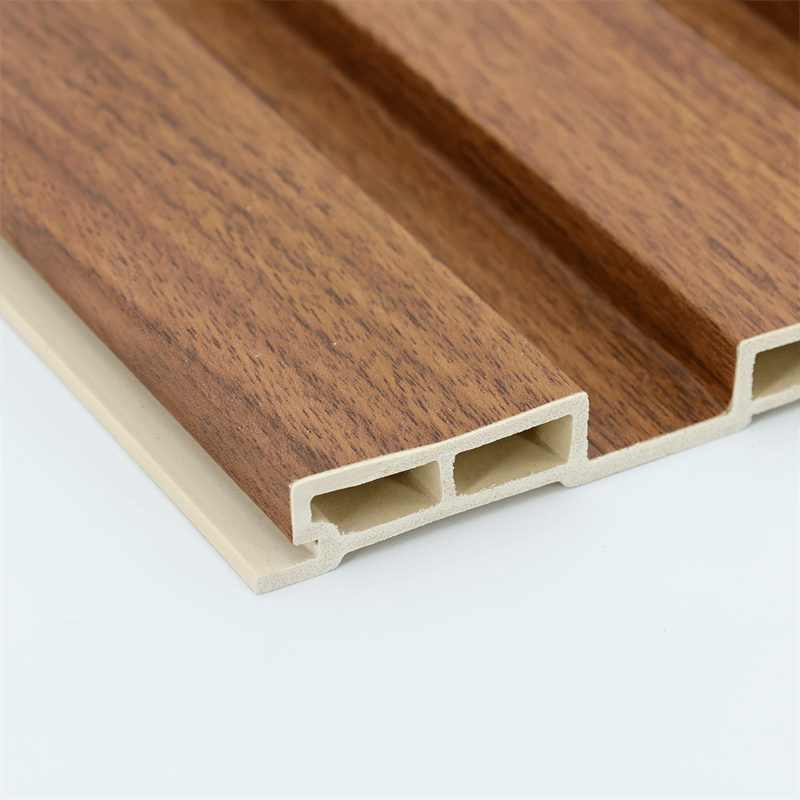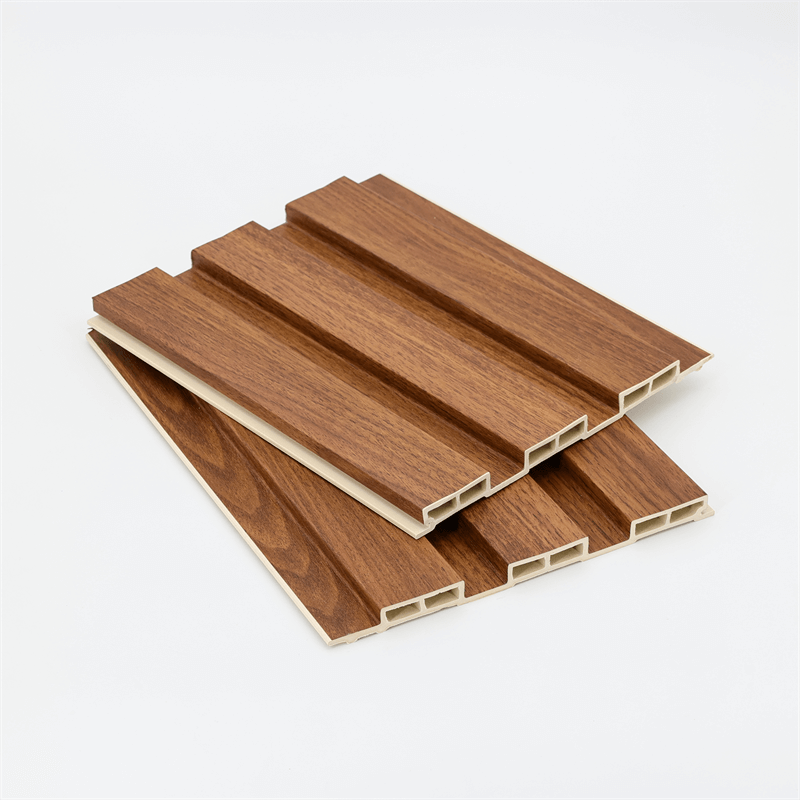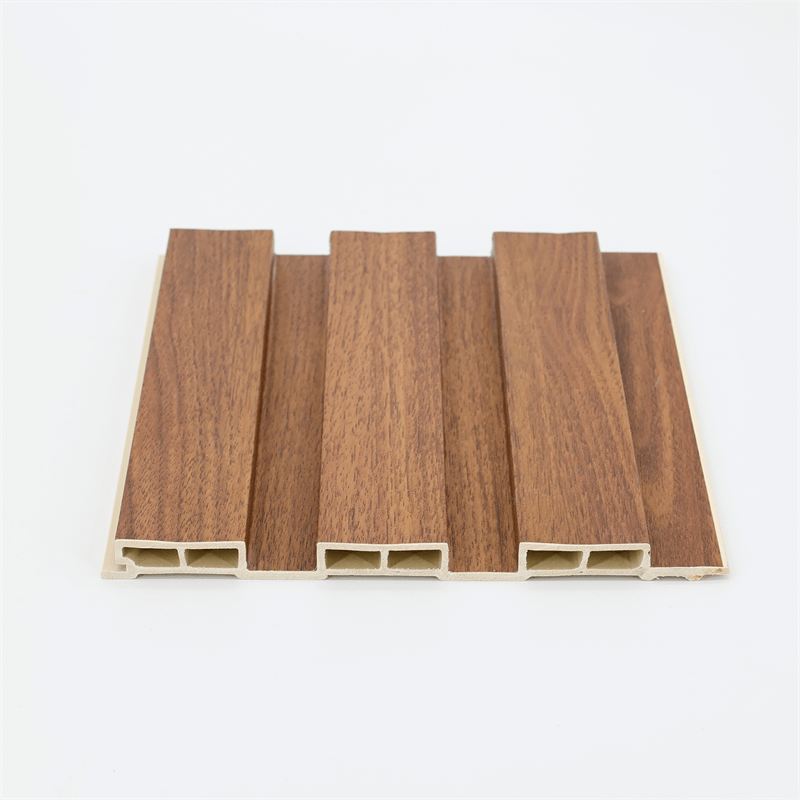Safety is a paramount concern in any building construction, and it becomes even more critical when it comes to materials used on walls.
WPC (Wood-Plastic Composite) wall panels offer a combination of aesthetics and safety, making them an ideal choice for various applications.
In this essay, we will explore the fire resistance and safety features of WPC wall panels.
We will discuss their ability to withstand fire, their contribution to building safety, and their compliance with safety regulations.
The essay will be divided into four sections, each focusing on different aspects of their fire resistance and safety characteristics.
I. Fire Resistance of WPC Wall Panels:
One of the primary concerns when selecting wall materials is their ability to resist fire and slow down its spread.
WPC wall panels exhibit excellent fire resistance properties due to their composition.
These panels are typically composed of wood fibers combined with thermoplastic polymers, creating a material that is less susceptible to ignition and flame spread.
WPC wall panels are engineered to meet strict fire safety standards, such as the Class A fire rating.
This rating indicates that the material has undergone rigorous testing and has shown exceptional fire resistance.
In the event of a fire, WPC wall panels have a higher ignition point and release less heat compared to traditional materials like wood or drywall.
This characteristic significantly reduces the risk of fire incidents and contributes to the overall safety of the building.
II. Smoke and Toxic Gas Emission:
In addition to fire resistance, WPC wall panels also exhibit low smoke and toxic gas emission properties.
During a fire, the release of smoke and toxic gases can pose significant risks to occupants, hindering their ability to escape and compromising their health.
WPC wall panels have been engineered to emit minimal smoke and toxic gases, contributing to a safer environment in case of a fire.
The reduced smoke emission of WPC wall panels improves visibility within the building, allowing occupants to navigate and evacuate more efficiently.
Furthermore, the lower release of toxic gases helps to minimize the health hazards associated with inhalation during a fire incident.
By incorporating WPC wall panels, building owners and designers can prioritize the safety and well-being of occupants.
III. Structural Integrity and Stability:
Aside from fire resistance, WPC wall panels also offer excellent structural integrity and stability.
These panels are engineered to be strong, durable, and resistant to impact.
In the event of a fire, their ability to maintain their structural integrity can help prevent the collapse of walls and maintain the integrity of the building’s structure.
Moreover, WPC wall panels have a low thermal conductivity, which means they do not conduct heat as rapidly as other materials.
This property helps to contain the spread of fire and reduce its impact on surrounding areas.
The stability and heat-resistant characteristics of WPC wall panels contribute to the overall safety of the building and provide occupants with additional time to evacuate during a fire incident.
IV. Compliance with Safety Regulations:
Building safety regulations and codes play a crucial role in ensuring the safety of occupants.
WPC wall panels are designed to comply with these regulations, meeting the necessary standards for fire resistance and safety.
These panels undergo rigorous testing and certification processes to ensure their compliance with local building codes and standards.
By choosing WPC wall panels that are compliant with safety regulations, building owners and designers can have confidence in the performance and reliability of the material.
Compliance with safety standards provides assurance that the WPC wall panels will contribute to the overall safety of the building and its occupants.
The fire resistance and safety features of WPC wall panels make them an excellent choice for building construction.
Their ability to withstand fire, low smoke and toxic gas emission, structural integrity, and compliance with safety regulations contribute to the overall safety of the building and its occupants.

By incorporating WPC wall panels, building owners and designers can prioritize both aesthetics and safety, creating spaces that are visually appealing and secure.
In conclusion, WPC wall panels offer a compelling combination of fire resistance and safety features that make them an ideal choice for various applications.
Their ability to withstand fire, low smoke and toxic gas emission, structural integrity, and compliance with safety regulations contribute to the overall safety of buildings and the well-being of occupants.
By incorporating WPC wall panels, building owners and designers can enhance the fire safety measures in their structures while still maintaining a visually appealing environment.
These panels provide an effective barrier against fire and help slow down its spread, giving occupants valuable time to evacuate safely.
Additionally, their low smoke and toxic gas emission properties contribute to better visibility and minimize health hazards during fire incidents.
Furthermore, the structural integrity and stability of WPC wall panels add an extra layer of safety, ensuring that the building’s structure remains intact during a fire.
This feature not only protects occupants but also aids firefighters in their efforts to control the blaze.
Compliance with safety regulations is another significant advantage of WPC wall panels.
By choosing panels that meet the necessary standards, building owners and designers can have confidence in the material’s performance and reliability.
This adherence to safety regulations reinforces the commitment to creating secure spaces for occupants.
Overall, WPC wall panels offer an effective and reliable solution for enhancing fire resistance and safety in building construction.
Their exceptional fire resistance properties, low smoke and toxic gas emission, structural integrity, and compliance with safety regulations make them a practical choice for a wide range of applications.
By choosing WPC wall panels, building owners and designers can prioritize the safety and well-being of occupants without compromising on aesthetics or design flexibility.


